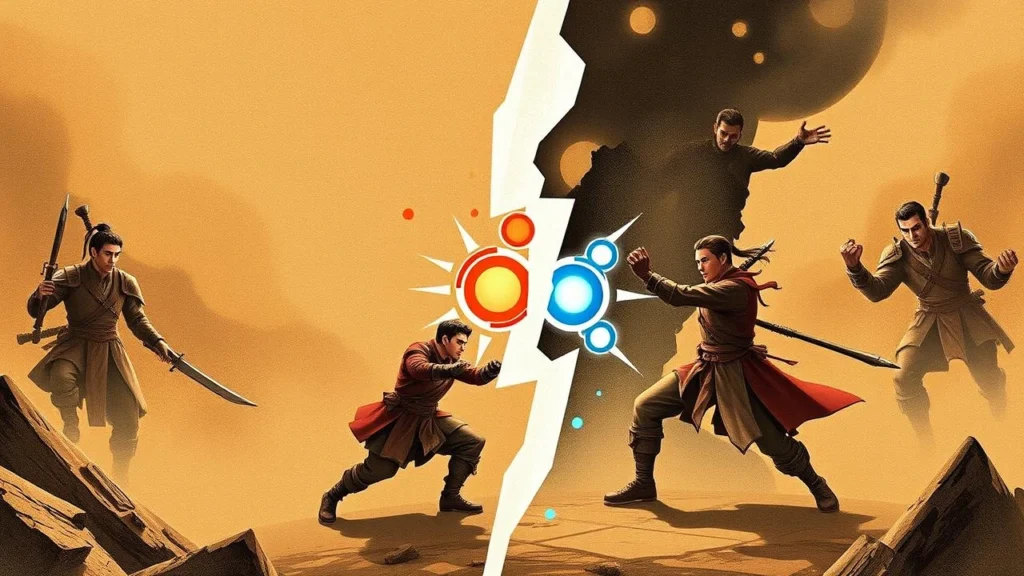Slogan: “Legends Deserve Clarity, Not Controversy.”
The MS Dhoni LBW Incident: A Game-Changer in IPL 2025
In the high-voltage world of the IPL, controversy is never far behind. The recent incident involving MS Dhoni’s dismissal in the CSK vs KKR match during IPL 2025 set off an intense debate across social media platforms. It was the 18th over of CSK’s chase, with the captain at the crease. Dhoni, ever the experienced head, faced a crucial delivery from KKR’s Varun Chakravarthy. The ball pitched on a length, veering towards the leg stump. The on-field umpire immediately raised his finger, declaring Dhoni out LBW. On first glance, it appeared to be a straightforward call. However, things took a sharp turn when DRS revealed that the ball was predicted to clip the leg stump, making the call marginal. The DRS prediction led to the controversial ‘Umpire’s Call,’ which sparked outrage and debate in the cricketing community. Some called it “the highest level of cheating,” while others defended the integrity of the decision. This article dives deep into the nuances of the dismissal and the aftermath that has divided opinions.
Understanding the LBW Rule and Its Implications in This Case
To fully understand the controversy, it’s essential to grasp the LBW (Leg Before Wicket) rule and its implications in this particular instance. The LBW law states that a batter can be given out if the ball would have hit the stumps and no part of the batter’s body or bat interferes with the delivery. The ball must pitch in line with the stumps or outside the off-stump. In the case of MS Dhoni’s dismissal, the ball tracking technology used by DRS suggested that the ball would clip the leg stump. However, the margin was incredibly small. This is where the ‘Umpire’s Call’ comes into play. The rule allows the on-field umpire’s decision to stand when the ball’s trajectory is deemed marginal. Some cricket enthusiasts believe that such calls are inconsistent, especially when they involve high-profile players like Dhoni. This raises the question: Is the ‘Umpire’s Call’ rule fair, or does it create room for controversy?
Q: What is the ‘Umpire’s Call’ in DRS?
A: The ‘Umpire’s Call’ is an element of the DRS that allows the original on-field umpire’s decision to stand when technology predicts a marginal outcome, particularly when the ball is predicted to just clip the stumps. While it was introduced to account for small discrepancies in technology, the call remains contentious, especially in crucial moments of high-stakes matches like the CSK vs KKR encounter.
Fan Reactions: A Divided Internet
The MS Dhoni LBW dismissal caused an immediate and polarized reaction on social media platforms. Fans of CSK flooded Twitter (now known as X), Facebook, and Instagram, expressing their shock and frustration over the decision. Many questioned the integrity of the DRS system, arguing that the technology, particularly the ball-tracking feature, was inaccurate and flawed. Some went as far as to call the decision a ‘grave injustice’ to Dhoni, a cricketing legend. A few fans also expressed their belief that the incident was “the highest level of cheating” and questioned the fairness of such close calls. On the other hand, a section of fans defended the umpire’s decision, stating that DRS is a tool designed to assist with accurate decision-making, even if the outcome is marginal. This division sparked further debate on the role of technology in cricket and the consistency of its application.
Quote Corner
“In cricket, it’s the fine margins that matter. Technology must be used to ensure fairness, but it shouldn’t overshadow the spirit of the game.” – Ian Chappell
What Did Dhoni and CSK Have to Say About the Incident?
MS Dhoni, known for his calm and composed nature, responded to the incident with his usual level-headedness. As expected, he refrained from criticizing the decision or the technology. Instead, Dhoni focused on the bigger picture, stating, “We respect the umpire’s decision and move on.” In his post-match interview, Dhoni made it clear that such incidents are part and parcel of the game. He further emphasized that cricket is an unpredictable sport, and players must keep their focus on the game, regardless of controversial moments. CSK’s head coach, Stephen Fleming, echoed Dhoni’s sentiment. While he acknowledged that technology like DRS has greatly enhanced the accuracy of decision-making in cricket, he also called for more consistency. Fleming noted, “We all want the right decisions to be made, but there should be clarity and consistency in the application of these technologies.”
The History of MS Dhoni’s LBW Dismissals
For many, the controversy surrounding Dhoni’s dismissal is part of a larger narrative about his remarkable career. Over the years, Dhoni has built a reputation for being a hard player to dismiss, especially through LBW. He has rarely fallen victim to this form of dismissal in the IPL. Here’s a quick look at MS Dhoni’s LBW dismissal record over the past few seasons:
| Season | Matches Played | Innings | LBW Dismissals |
|---|---|---|---|
| 2021 | 14 | 12 | 2 |
| 2022 | 13 | 12 | 1 |
| 2023 | 12 | 10 | 0 |
| 2024 | 14 | 12 | 1 |
| 2025 | 10 | 8 | 2 |
The Controversy of the Umpire’s Call: Should It Be Modified?
The most debated aspect of the MS Dhoni LBW incident was the use of the ‘Umpire’s Call.’ Critics of the rule argue that it introduces unnecessary subjectivity into the decision-making process. Since the decision is based on a marginal call, it leaves room for confusion and inconsistency. Many cricket fans and experts believe that the use of ‘Umpire’s Call’ can lead to unfair outcomes, particularly when it comes to high-profile players or game-changing moments. As a result, there has been growing pressure to revisit the rule and either remove it or modify its application. The question remains: Is it time to move away from the ‘Umpire’s Call’ or is it a necessary evil in the pursuit of more accurate decision-making?
Q: Should the ‘Umpire’s Call’ be reconsidered?
A: The ‘Umpire’s Call’ is often seen as a compromise between technology and human judgment. However, its inconsistency and occasional contentious outcomes have led many to call for a more definitive ruling when technology is involved.
The Role of Technology in Modern Cricket
The MS Dhoni LBW controversy is a testament to the growing influence of technology in cricket. While tools like DRS and ball-tracking systems have undeniably enhanced the accuracy of decisions, incidents like these raise important questions about their limitations. The IPL, being one of the biggest cricket leagues in the world, has invested heavily in technology to make the game fairer. However, this incident demonstrates that even advanced technology isn’t foolproof. For cricket fans, the challenge lies in balancing the benefits of technology with the need for clear and consistent decision-making. It’s crucial that technology continues to evolve in a way that addresses these concerns.
MS Dhoni’s Legacy: A Champion Beyond the Controversy
Despite the controversy, MS Dhoni’s legacy remains intact. The 2025 LBW incident, while heavily debated, does not take away from his remarkable career. Known for his calmness under pressure and his exemplary leadership of the Chennai Super Kings, Dhoni has cemented his place as one of the greatest cricketers of all time. Even in moments like these, where controversy clouds the game, Dhoni continues to inspire his fans. His ability to stay focused on the game and move forward is one of the qualities that set him apart from other cricketers. As the IPL 2025 season progresses, Dhoni’s legacy continues to shine brighter, and his fans remain unwavering in their support.






